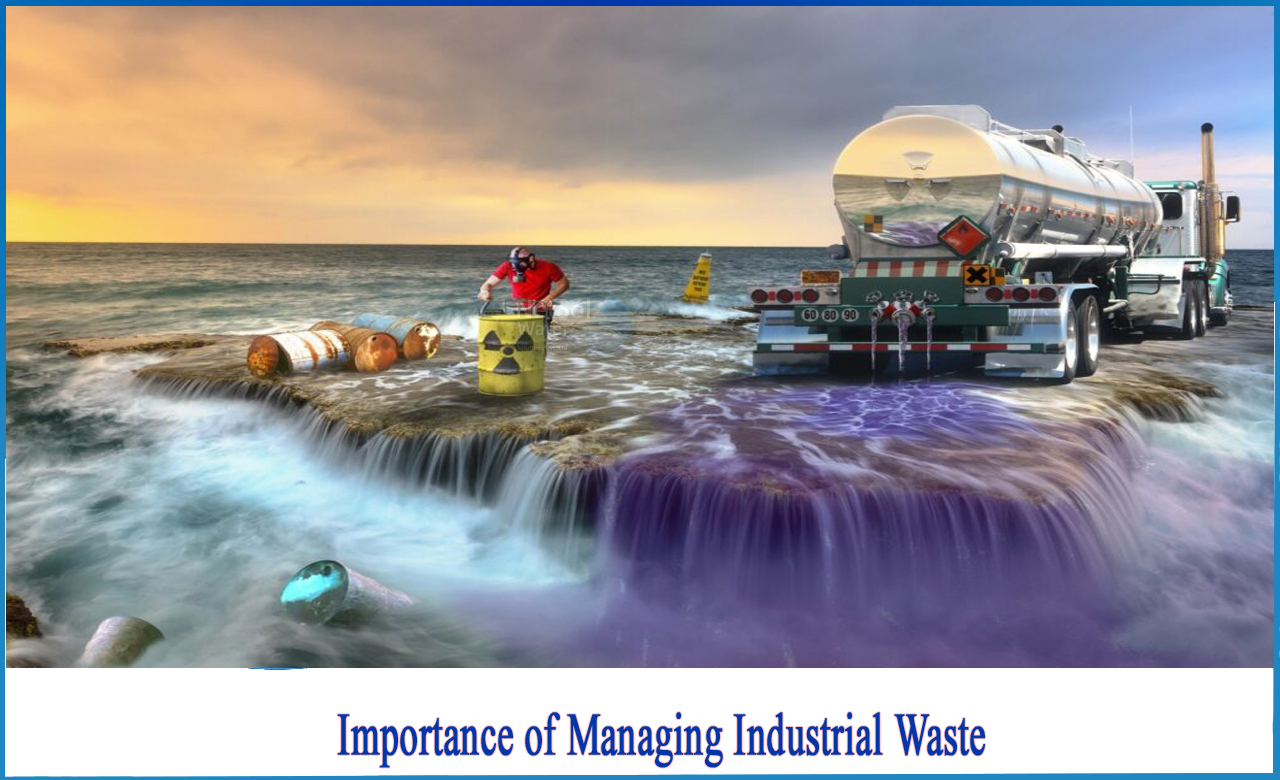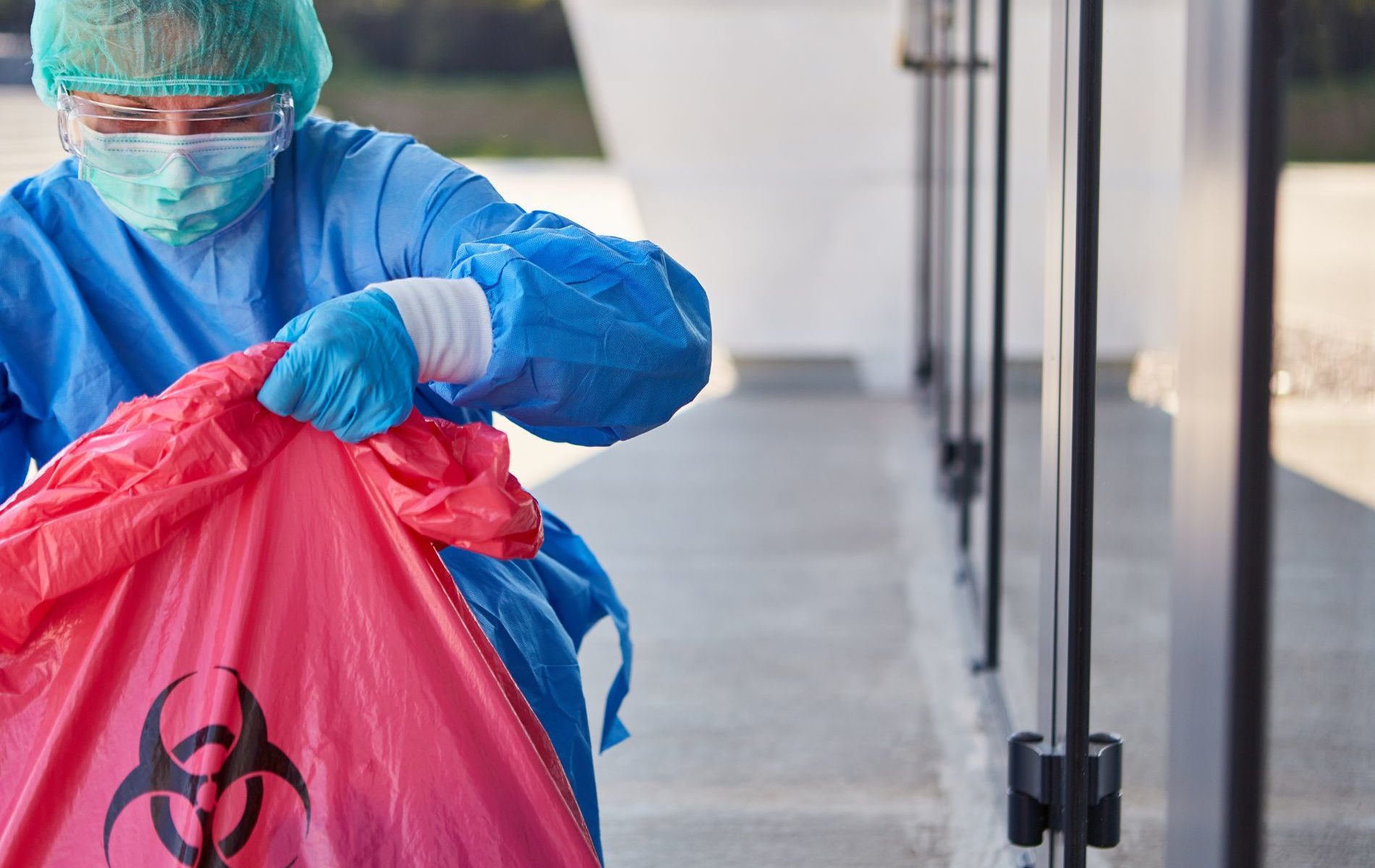3 Simple Techniques For Reclaim Waste
3 Simple Techniques For Reclaim Waste
Blog Article
Get This Report on Reclaim Waste
Table of ContentsGetting My Reclaim Waste To WorkNot known Details About Reclaim Waste The Only Guide for Reclaim WasteReclaim Waste Can Be Fun For EveryoneReclaim Waste - Questions
Explore the types, events, and kinds of fluid waste. Residential sewer waste describes the waste and products from a household septic tank. This kind of waste is created by human beings in homes, institutions, and various other structures. This only consists of septic tanks that have a drainpipe area. The proper monitoring and disposal of residential sewage waste need liquid waste to be moved to a sewer treatment plant where the correct methods and devices are related to purify and throw away waste.
Industrial waste often includes potential dangers, such as flammable materials or a mix of fluid and solid waste items, and requires a much more advanced and in-depth disposal process. The disposal of business waste typically entails the filtering of waste before transportation to guarantee safe and proper disposal. Hazardous waste is developed from results and overflow of commercial procedures and manufacturing.
This sort of waste can not use the exact same sewage management transportation or processes as septic or business fluids. The hazardous waste management procedure requires the inspection and screening of fluid waste prior to it goes through the disposal procedure (liquid waste disposal). Drainage waste is the liquid waste that originates from drainage and excess stormwater in extremely populated locations or cities
Overflow waste can cause contamination and flooding if not taken care of effectively. Find out more about sewage system cleaning and waste administration. Guaranteeing appropriate waste management can stop calamities and reduce ecological damage. Both individuals in residential settings and specialists in business or manufacturing markets can gain from understanding the procedures and laws of fluid waste administration.
Getting The Reclaim Waste To Work
Call PROS Solutions today to find out regarding our waste monitoring and disposal solutions and the appropriate methods to look after the liquid waste you create.
(https://leonaube33101.wixsite.com/reclaim-waste/post/effective-liquid-waste-removal-and-disposal-everything-you-need-to-know)Do you understand what takes place to your water when you end, flush the toilet or drain pipes the washing device? No? Well, it's worth knowing. This so-called 'wastewater' is not only a vital resource however, after therapy, will certainly be released to our land, waterways or the sea. Used water from toilets, showers, baths, kitchen area sinks, laundries and commercial processes is referred to as wastewater.

water utilized to cool down machinery or tidy plant and equipment). Stormwater, a form of wastewater, is drainage that moves from farming and city locations such as roofs, parks, yards, roads, paths and seamless gutters into stormwater drains, after rainfall. Stormwater moves without treatment directly to neighborhood creeks or rivers, at some point getting to the sea.
The Buzz on Reclaim Waste
In Queensland, the majority of wastewater is dealt with at sewage therapy plants. Wastewater is delivered from domestic or industrial websites through a system of sewers and pump terminals, called sewage reticulation, to a sewer treatment plant. Local governments build, maintain and run most sewer therapy plants. Operators are accredited under the Environmental Management Act 1994 to release treated wastewater at an acceptable ecological requirement right into waterways.
The Division of Natural Resources advises city governments about handling, operating and maintaining sewage systems and therapy plants. In unsewered locations, regional federal governments may call for homeowners to install private or house sewer therapy systems to treat domestic wastewater from toilets, kitchens, washrooms and laundries. The Division of Natural Resources authorizes using home systems when they are proven to be reliable.
Many stormwater receives no therapy. In some brand-new communities, treatment of some stormwater to get rid of trash, sand and crushed rock has begun utilizing gross pollutant traps. Wastewater therapy occurs in 4 stages: Gets rid of strong matter. Larger solids, such as plastics and other items incorrectly released to drains, are removed when wastewater is travelled through displays.
Makes use of tiny living organisms understands as micro-organisms to break down and get rid of continuing to be dissolved wastes and fine bits. Micro-organisms and wastes are incorporated in the sludge.
Not known Factual Statements About Reclaim Waste
Nutrient removal is not readily available at all sewer therapy plants due to the fact that it requires costly specialist equipment. Clear fluid effluent created after therapy may still contain disease-causing micro-organisms - industrial wastewater treatment.

Many wastewater flows into the sewerage system. Under the Act, regional governments provide authorizations and licences for environmentally relevant tasks (Periods) including wastewater releases that might have a local effect.
Little Known Facts About Reclaim Waste.
Monitoring offers factual information concerning water top quality and can confirm that permit problems are being satisfied. The details acquired with monitoring gives the basis for making water quality decisions.
Report this page